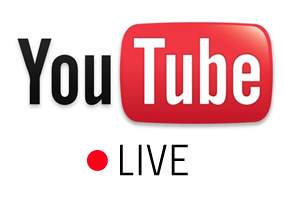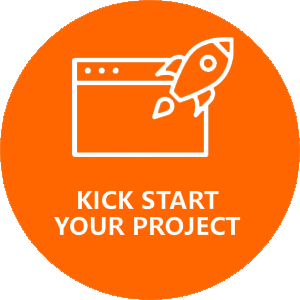YouTube Live Overview: How it’s changing the live streaming landscape
YouTube Live
YouTube celebrated its 10 years anniversary at the start of May 2015 and it’s still going strong. There was a time when the company was struggling to survive and now users view millions of videos each day generating more than a billion views. YouTube is still growing strongly with a 50% year on year increase in video views. It’s a platform like no other and many professionals also use it to live stream their events. Tomorrowland, one of the biggest music events is live streamed on YouTube each year to engage its fans across the globe. YouTube Live is a much needed platform in this fast paced world where we are always on the road trying to get ahead of our competition.

There was a time when thousands of people attended concerts, news and cultural events but in this digital age these numbers have fallen significantly. Costs have gone up and the time available for such activities has reduced as well. YouTube Live wants to bring the same feeling back but in a modern way. It’s all about mobile, and YouTube’s statistics show that there has been a 100% increase in mobile views since last year.
YouTube Live lets you livestream large music, news and cultural events, a new way of interacting with your fans worldwide. Regular YouTube video is an excellent way to promote an event but YouTube Live supports larger production compared to Google Hangouts on Air. Hangouts on Air is a great platform to drive viewer engagement but YouTube Live has made it even better.
YouTube Live is a three step process and in order to achieve maximum efficiency, the creator must follow all the steps carefully. The three step process includes – Pre-production, Production and Publishing.
Pre-Production:
Live streams should have a smooth flow without any technical problems or interruptions once the stream is live. The very first step is to get familiar with how YouTube Live works, since it’s a technical process so go through YouTube Live’s setup and troubleshoot guide carefully. Secondly, test everything in advance so any issue can resolved before the beginning of the event not during it. Test all the equipment including cameras, audio, lighting, online connection etc. It is always better to keep backups for things such as camera or drone batteries, internet connection and so on. Lastly, make sure that your YouTube account has a good standing and is not penalized over copyrights issues, community guidelines and not more than 1 video is blocked by the management otherwise you will not be allowed to live stream an event. Since YouTube is part of Google and also a huge community on its own, you have to take care of Meta data of your event as well. An attractive title with a custom thumbnail is always preferred plus an optimized description will help attract audience. Promote your live event as much as possible so your fans know when it’s happening and they tune-in for the stream. A nice teaser or trailer will also help create excitement amongst the fans and it is a good way of interacting with them and keep them updated.
Production:
Once everything is setup and tested thoroughly it’s time to stream the event live to your fans. YouTube Live will require at least one person readily available to interact with the fans during the event. There are certain steps one should follow to ensure a successful live stream. These steps include:
- Make sure that YouTube’s InVideo programming is promoting the live event when the stream is live. InVideo programming can be scheduled with the live event so it will automatically promote your event.
- YouTube Live does not support annotations so call to actions need to be edited in to the actual production of the event. You can either make a script or edit them live during the broadcast.
- A social media manager should always be on hand, paying attention to user comments and feedback. Give the users what they want, be it a particular camera angle, an answer to a question, a song or anything related to the event.
- Live events do have small breaks in between and instead of turning the stream off during these breaks promote your channel to drive new subscriptions. And keep on sharing the live stream links on other social media websites to attract new viewers.
Publishing
The last step in the process is editing and sharing best videos from the live event on your channel to keep your fans engaged. Fan clips or celebrities saying something cool about the event will certainly help create more hype for the next installment of the event. All these steps will help you stream broadcast quality live events to your subscribers and will leave them hungry for more. It is an excellent way of promoting your brand just like many companies live stream their keynotes live to users around the world. This helps reach a wider audience, much more than the ones who attended the event.
HuddleCam HD Cameras help in broadcasting live events
HuddleCam HD cameras are designed for video conferencing but they can be an excellent alternative to broadcast live events compared to expensive broadcast cameras. HuddleCam HD cameras deliver an excellent image quality at Full HD resolution and are already equipped with the technology to broadcast live video. Also the cameras have USB video outputs which provide an excellent use for YouTube Live.
HuddleCam HD cameras are controlled remotely using an IR remote control or RS-232 so the director and the cameraman in a live event can take the best shots by looking at the on-screen footage and using the remote control to pan, zoom or tilt the camera. Some models even come with 20x to 30x optical zoom features which are excellent to focus on the musician or anything specific during a live event. HuddleCam HD cameras can be excellent for broadcasting events especially keynotes of a company’s product or service.

